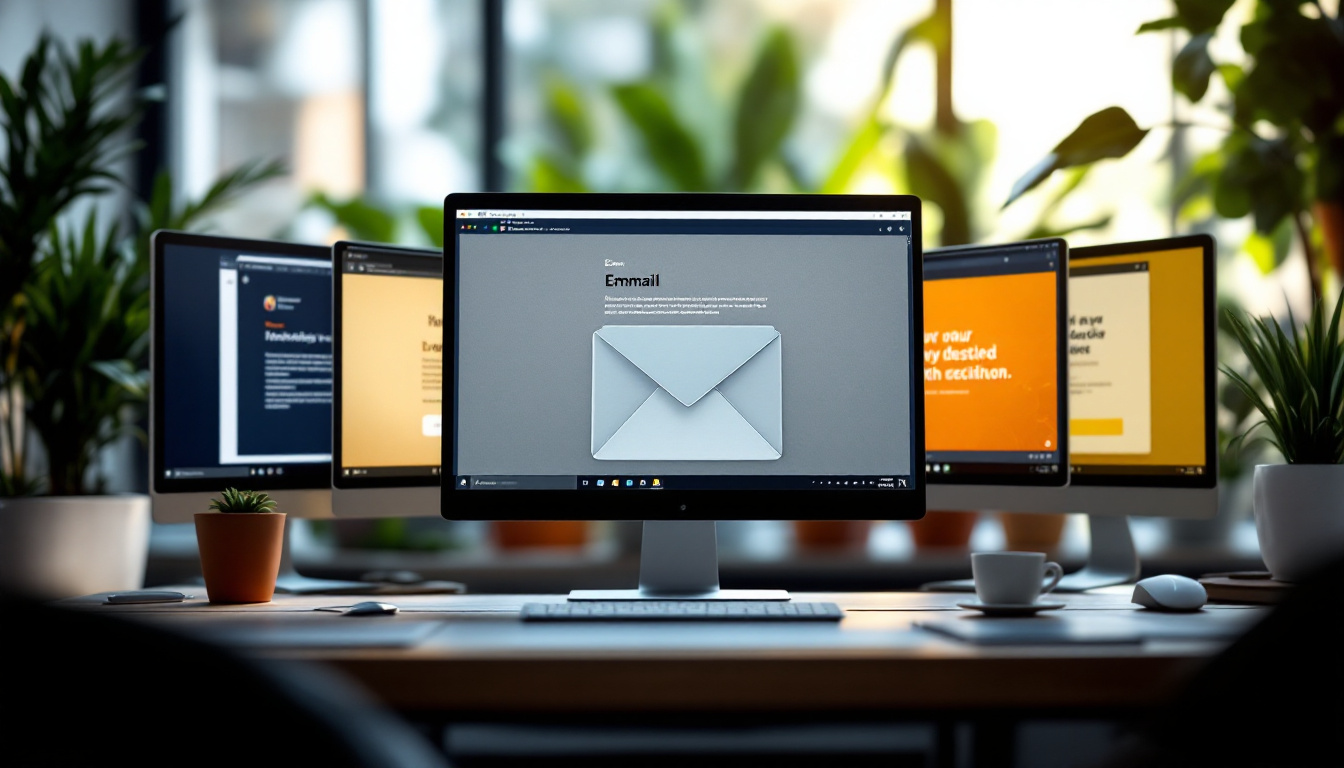Maximizing the Effectiveness of Your Email Follow-Ups Despite the Wait: Essential Strategies and Templates in 2025
In a competitive business environment, the ability to effectively follow up with a proposal or prospect after a waiting period can make all the difference between a solid opportunity or an abandoned project. Follow-up management has become a subtle art requiring both finesse and perseverance. In 2025, where the business world is evolving at an impressive pace, mastering the art of Professional Follow-Up using effective email templates is more strategic than ever. Through targeted communication, companies can transform silence into a positive response while maintaining a constructive relationship with their contact. This article takes an in-depth look at five email templates for following up on a proposal, incorporating new trends in smart follow-up while adapting the strategy to each specific context. Understanding the Importance of a Strategic Follow-up After Sending a Proposal Issuing a follow-up after sending a proposal may seem like a simple step. However, it’s not just about sending a reminder. In 2025, the effectiveness of an
Effective Follow-up
lies in the ability to personalize the message, choose the right moment, and use the appropriate tone to encourage a response without appearing pushy. The main difficulty lies in the fear of appearing pushy or frustrating the recipient. To avoid these pitfalls, it is essential to adopt a Strategic Follow-up
structured around several axes: Appropriate timing : wait a reasonable amount of time before following up.
- Personalization : reiterate the precise context of the exchange or proposal.
- Clear objective : Specify what you expect, for example, confirmation of interest or feedback on the proposal.
- Professional tone: Maintain a respectful, courteous, yet firm attitude. By applying these principles, your message becomes a
- Persuasive Message capable of obtaining a concrete response. The follow-up should also be part of an
Intelligent Follow-up approach to strengthen your credibility and professionalism. Example of an Optimal Follow-Up Schedule in 2025 Step Recommended Timeframe Objective
First Send
| – | Proposal Submission | First Follow-up |
|---|---|---|
| 3 to 5 Business Days | Verify receipt and request initial feedback | Second Follow-up |
| 1 to 2 weeks after the first | Follow-up to obtain a decision or a reminder of interest | Third Follow-up |
| 2 to 3 weeks after the second | Gently insist by proposing a new meeting or appointment | This schedule is based on proven strategies, but must always be adapted to the reality of each business relationship or client. |
| 5 Email Templates for Following Up on a Proposal After a Waiting Period: Guides and Concrete Examples | The right message can make all the difference. In 2025, several email templates have proven particularly effective for following up on a proposal in different contexts, incorporating trends such as speed of response and personalization. Here’s a structured overview based on a few key scenarios, accompanied by sample templates. | 1. Gentle follow-up for an undecided prospect |
Subject
Message example
I remain at your disposal and hope this proposal meets your expectations.
Sincerely,
| 2. Direct callback to expedite the decision | Subject |
|---|---|
|
Message example I am writing to you to follow up on our last exchange regarding . Have you had a chance to consider our proposal submitted on? |
A response from you would allow me to organize the next steps according to your deadlines.
| Remaining at your disposal, | 3. Proposal for a new meeting to conclude |
|---|---|
|
[sujet]Subject[date] Message example Meeting proposal – Following our last discussion |
What are your availability in the coming week?
| Thanking you in advance, | The keys to writing a convincing follow-up email in 2025 |
|---|---|
| An effective follow-up email relies on several pillars. The synergy between a clear message, appropriate timing, and a polite attitude can transform a lack of response into a concrete opportunity. Here is a summary of the essential tips: |
Choose the right moment: neither too early nor too late to maximize impact. Use a personalized and courteous tone: remind the recipient of the mutual value of collaboration. |
Include a specific call to action: direct the recipient to a concrete step, such as an appointment or confirmation of interest. Use appropriate templates:
Sequence messages according to the progress of the process.
- A summary table allows you to structure this approach according to different contexts: prospect, client, candidate, or partnership. Situation
- Recommended approach Example of key message
- Follow-up after business proposal Personalized reminder + specific call to action
- “Could you confirm your interest or schedule an appointment?” Application follow-up
Polite message + skills reminder
| “Would you like me to provide additional details?” | Payment reminder | Firm but respectful tone + proposed deadline |
|---|---|---|
| “To ensure continuity, please regularize this situation by the end of the week.” | Follow-up after meeting | Summary of key points + new appointment |
| “Would you be available to finalize our agreement this week?” | Tools and tips to optimize your follow-up in a 2025 context | Faced with a saturation of emails and reduced attention from interlocutors, using innovative tools has become an essential lever to increase the efficiency of your |
| Smart Tracking | . Among the practices to master: | Use automation |
| to plan your reminders and avoid oversights. | Personalize every interaction | based on a CRM or an artificial intelligence tool. |
Analyze open and click rates
to adjust your email templates in real time. Embed videoor multimedia elements to make the message more engaging.
- By relying on these techniques, each follow-up becomes a strategic step in the negotiation or conversion. Also consider referencing resources like these email templates to follow up with a prospect after a meeting
- Or to follow up with a customer after a quote sent
- .



